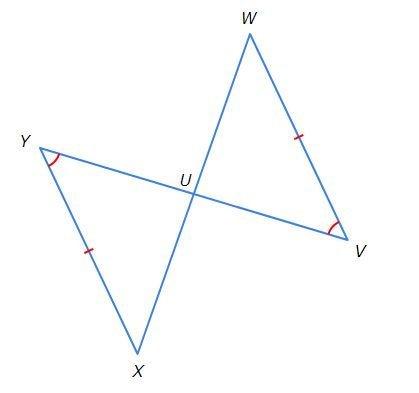
Mathematics, 04.03.2021 01:50 HurpsGaming1
PLEASE ANSWER
5
Drag each tile to the correct box.
Simplify each expression, and then arrange them in increasing order based on the coefficient of n2.
-5(nº - n² - 1) + n(n2 - n)
(n2 - 1)(n + 2) -- (n -- 3)
n? (n– 4) + 5n - 6
21(12 - 2n-1) + 3n


Answers: 1


Other questions on the subject: Mathematics

Mathematics, 21.06.2019 13:00, krishawnnn
Shiny white dental insurance costs $258 per year. approximately one-third of insured people need a filling, which averages $110 each. 80% of insured people get a preventive check-up each year, and the average cost of this visit is $95. if you consider shiny white’s income and expenses, what is the expected value of each insured customer?
Answers: 1

Mathematics, 21.06.2019 14:00, jprado01
Colin listed his assets and liabilities on a personal balance sheet. colin’s balance sheet (august 2013) assets liabilities cash $1,500 credit card $500 stocks $800 rent $800 car $5,000 car loan $1,200 coin collection $1,200 student loan $5,000 total total which statement is true about the total assets and the total liabilities? the total of the assets and the liabilities are the same. the total of the assets is greater than the total of the liabilities. the total of the assets is less than the total of the liabilities. the total of the assets cannot be compared to the total of the liabilities.
Answers: 2

Mathematics, 21.06.2019 15:20, aliceotter2007
Asmall (but heavy) particle placed in a glass of water will follow a zigzag motion because the particle will bounce off of the water molecules it meets. this is called brownian motion. a physicist simulates this on a computer, by varying the distance a particle can travel (called the mean free length), on average, before it collides with a water molecule and assigning the change in motion to be one of 8 directions, each with a similar probability. by running the simulated particle (with the same mean free length) many times she determines that it should take 15 seconds, on average, for the particle to fall to the bottom, with a standard deviation of 1.5 seconds. next she lets a real particle fall through a glass of water and finds that it took 18 seconds. what does she conclude, and why?
Answers: 1

Mathematics, 21.06.2019 17:50, AdanNava699
Find the cosine function that is represented in the graph.
Answers: 1
You know the right answer?
PLEASE ANSWER
5
Drag each tile to the correct box.
Simplify each expression, and then a...
Drag each tile to the correct box.
Simplify each expression, and then a...
Questions in other subjects:


Physics, 22.06.2019 22:50

Biology, 22.06.2019 22:50




Biology, 22.06.2019 22:50

History, 22.06.2019 22:50

History, 22.06.2019 22:50

Physics, 22.06.2019 22:50




